Climate change’s higher carbon dioxide levels expected to increase yields, but higher temperatures will negate the positive effects
There is a flaw in a common coffee-row discussion point, that global warming will be good for Canadian agriculture because warmer temperatures and more carbon in the atmosphere will help farmers grow bigger crops. This is because even though elevated CO2 in the atmosphere will increase photosynthesis in crops, warmer temperatures will negate any positive […] Read moreStories by Robin Booker
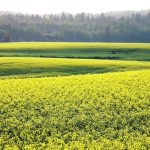
Crop residue recognition called vital
Industry says accounting for soil organic carbon from crop residues helps ag reduce its net greenhouse gas emissions
Crop residues are now included in Canada’s national carbon inventory report, but more work needs to be done to recognize the climate mitigation benefits of growing canola, said Brian McConkey of Viesco Solutions. He said the inclusion of crop residues in the carbon inventory report dwarfs other production changes, including tillage systems, when it comes […] Read more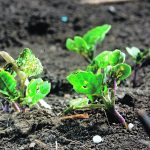
Should canola seed vigour tests be mandatory?
A s certified a seed grower, Mike Shewchuk provides his customers with vigour test results for the seed he sells off his farm in Blaine Lake, Saskatchewan. It’s information he said should be available on every bag of canola seed sold in Canada. “If I’m selling seeds to a customer from my seed farm, I’m […] Read more
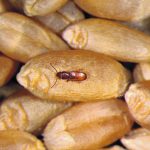
Beneficial bugs protect stored grain
Intentionally placing bugs in grain and food processing facilities to help manage pests is a tough idea to swallow in Canada, but the practice has been used in Central Europe since the mid-1990s. Vincent Hervet, an entomologist with Ag Canada in Winnipeg, conducted a literature review on the use of biological controls in stored products […] Read more
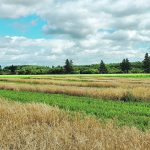
The search for the perfect maritimes malt
Researchers look at heritage varieties from around the world to match eastern fields and craft beer drinker palates
Agriculture Canada is searching through heritage barley from the United Kingdom, France and Russia to adapt varieties for the Maritimes’ malting and brewing industry. “We originally got some varieties from the John Innes Centre in the southern United Kingdom,” said Aaron Mills, research scientist at Ag Canada in Charlottetown, P.E.I. He said a project ran […] Read more
Machinery supply chain woes linger
John Deere moves to a batch-production model as the manufacturer looks for a way to pull through parts shortfall
Equipment manufacturers are not through the woods when it comes to supply chain issues that have hampered their production for many months. “We don’t see these challenges easing up until maybe mid 2023 or even later,” said Ben Smith, production and precision ag marketing operations manager at John Deere. “We’re going to have to continue […] Read more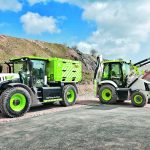
Hydrogen refueler plan Fastrac’ed
Multiple companies are working on hydrogen-powered agricultural equipment, but supporting infrastructure needs to be built before significant adoption of this emerging technology is possible. JCB Power Systems decided to look upon this problem as an opportunity, and it designed a mobile hydrogen refuelling unit that can transport hydrogen on farms and construction sites. Chris Giorgianni […] Read more

Seed treatment offers dual pest protection
Corteva’s latest fungicide covers disease and insects such as airborne blackleg, cutworms and flea beetles
A new active ingredient called Lumiscend that Corteva Agriscience offers in its LumiGEN fungicide package protects canola from blackleg fungus including its airborne spores. Seed treatments that prevent blackleg-contaminated canola seed from starting an infection have been around for a long time but they offered no protection to seedlings that get infected in the field. […] Read more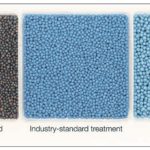
Coating creates consistent seed size for canola-by-planter
The industry has come a long way since bushel per acre was the most common denomination used to set seeding rates. “Going back even just a little, five years ago, you talked about planting canola in pounds per acre and that was kind of the standard, but now a thousand kernel weights have come into […] Read more
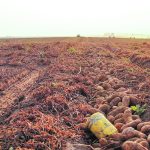
Firms allow sensors to work together
Ceres Imaging and Soiltech Wireless say the recent agreement allows their technology to validate each other in the field
Ceres Imaging and Soiltech Wireless have entered into an agreement that enables the two systems to work together. Soiltech Wireless offers a cellular-based wireless sensor, while Ceres Imaging uses in-field sensors, advanced analytics and high-resolution imagery to provide a macro-level look at crops. Ehsan Soltan of Soiltech Wireless said the company’s wireless sensor monitors crops […] Read more




